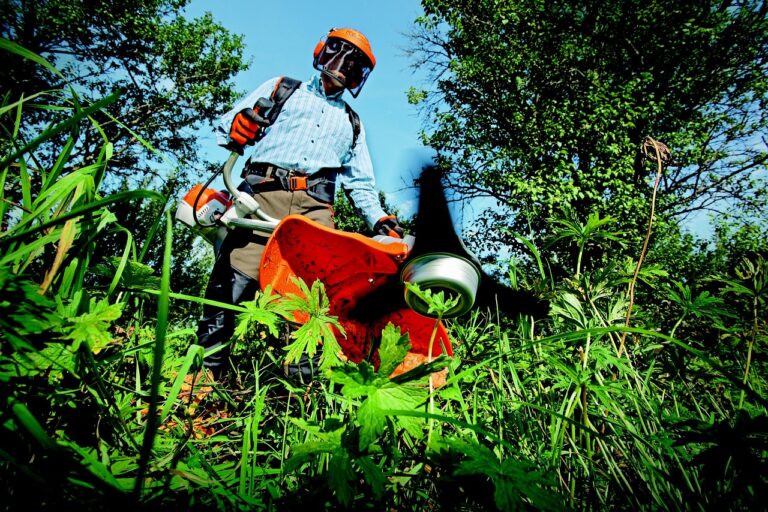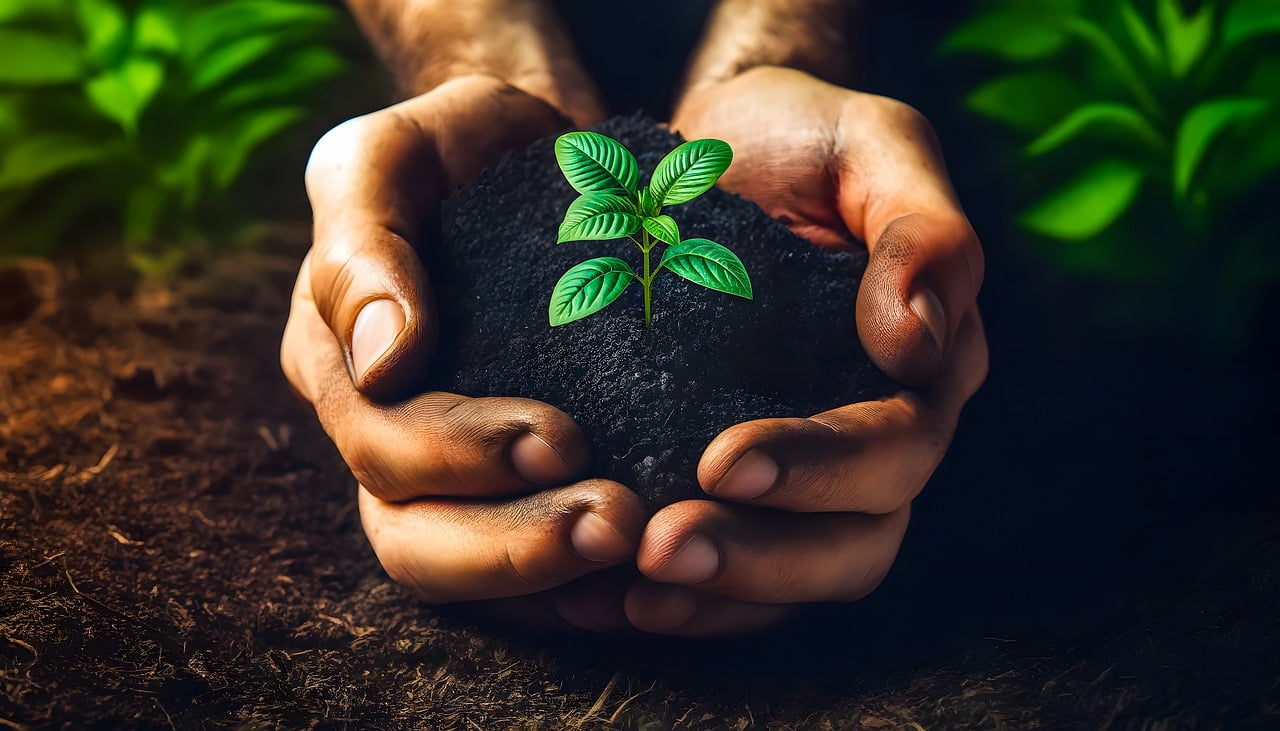In the realm of gardening, sustainability is more than a trend. It’s a necessity.
As we face the realities of climate change, the importance of sustainable gardening practices cannot be overstated.
This article delves into the world of eco-friendly gardening. It explores the latest trends, ideas, and practices that can help you cultivate a garden that’s not only beautiful but also kind to the planet.
From soil conservation techniques to water-saving strategies, we’ll guide you through the steps to create a sustainable garden.
Whether you’re an experienced gardener or a green-thumbed novice, this article will provide you with actionable insights.
Let’s embark on this journey towards greener gardening practices. Together, we can make a difference, one garden at a time.
The Imperative of Sustainable Gardening
Sustainable gardening is more than a mere practice. It’s a philosophy that intertwines with our daily lives.
It’s about making conscious choices. Choices that not only benefit our gardens but also the environment at large.
By adopting sustainable gardening practices, we can combat climate change in our own small way. We can reduce our carbon footprint, conserve resources, and promote biodiversity.
In essence, sustainable gardening is our contribution to a healthier planet. It’s our way of saying ‘thank you’ to Mother Nature for her bountiful gifts.
Soil Conservation and Enhancement
Healthy soil is the foundation of a thriving garden. It’s the lifeblood that nourishes our plants.
Sustainable gardening practices prioritize soil conservation and enhancement. They focus on maintaining soil health and fertility.
Key techniques include composting and mulching.
Composting: A Cornerstone of Soil Health
Composting is a sustainable gardener’s best friend. It’s a natural process that transforms organic waste into nutrient-rich soil.
By composting, we not only reduce waste but also enrich our garden soil. It’s a win-win for us and the environment.
Mulching: The Protector of Soil Moisture
Mulching is another essential practice in sustainable gardening. It involves covering the soil surface with organic materials.
Mulch protects the soil from erosion, conserves moisture, and suppresses weeds. It’s a simple yet effective way to enhance soil health.
Water Conservation Strategies
Water is a precious resource. In sustainable gardening, we aim to use it wisely.
There are several strategies to conserve water in the garden. These include rainwater harvesting, drip irrigation, and the use of drought-tolerant plants.
Rainwater Harvesting: Nature’s Gift
Rainwater harvesting is a simple yet effective water conservation strategy. It involves collecting and storing rainwater for later use.
This practice not only conserves water but also reduces our reliance on treated tap water.
Drip Irrigation: Precision in Watering
Drip irrigation is another excellent method for water conservation. It delivers water directly to the plant roots, minimizing waste.
This system is efficient and precise, ensuring that each plant receives the right amount of water.
Choosing the Right Plants
The choice of plants plays a crucial role in sustainable gardening. It can significantly impact water usage, soil health, and local biodiversity.
Selecting the right plants involves considering their suitability to your local climate and soil conditions. It also involves considering their ecological value and their contribution to a balanced garden ecosystem.
Native Plants: The Wise Choice for Local Gardens
Native plants are an excellent choice for sustainable gardens. They are adapted to local conditions and require less water and care than exotic species.
Moreover, they support local wildlife, contributing to biodiversity.
Edible Landscaping: Grow What You Eat
Edible landscaping is a trend that combines aesthetics with functionality. It involves integrating edible plants into your garden design.
This practice not only provides fresh, organic produce but also reduces the environmental impact of transporting food.
Natural Pest Management
Pest management is a significant aspect of gardening. However, the use of chemical pesticides can harm the environment and disrupt the garden’s natural balance.
Sustainable gardening practices advocate for natural pest management strategies. These strategies aim to control pests without causing harm to the environment or beneficial garden organisms.
Biological Pest Control: Working with Nature
Biological pest control is a method that involves using natural enemies to control pests. This could include predators, parasites, or pathogens.
This method is not only effective but also contributes to the garden’s biodiversity.
Fostering Biodiversity
Biodiversity is the variety of life in a particular habitat or ecosystem. In a garden, biodiversity can contribute to its resilience and productivity.
Promoting biodiversity in your garden can help control pests naturally. It also supports a healthy ecosystem by providing habitats for various species.
Companion Planting and Polycultures: Diversity is Strength
Companion planting involves growing different plants together for mutual benefit. This practice can enhance nutrient uptake, improve pest management, and increase crop productivity.
Polycultures, or growing multiple crops in the same space, can also increase biodiversity. This practice can lead to healthier soil and more robust plants.
Sustainable Gardening Trends and Innovations
The world of gardening is constantly evolving. New trends and innovations are shaping the way we cultivate our outdoor spaces.
These trends often reflect a growing awareness of environmental issues. They also demonstrate the potential of technology to enhance our gardening practices.
Vertical Gardening: Upward Growth
Vertical gardening is a trend that maximizes space usage. It involves growing plants on vertical surfaces, such as walls or trellises.
This method is particularly useful in urban areas. It allows for gardening in small spaces while also adding aesthetic appeal.
Smart Technology: The Future of Garden Management
Smart technology is revolutionizing gardening. From automated watering systems to plant identification apps, technology is making gardening more efficient and accessible.
These tools can help gardeners make informed decisions. They can also reduce the environmental impact of gardening practices.
Conclusion: The Future of Gardening is Green
The future of gardening is undoubtedly green. As we become more aware of our environmental impact, sustainable gardening practices are becoming the norm.
These practices not only benefit the environment but also enhance the beauty and productivity of our gardens. Embracing sustainability in gardening is a step towards a greener and healthier planet.












